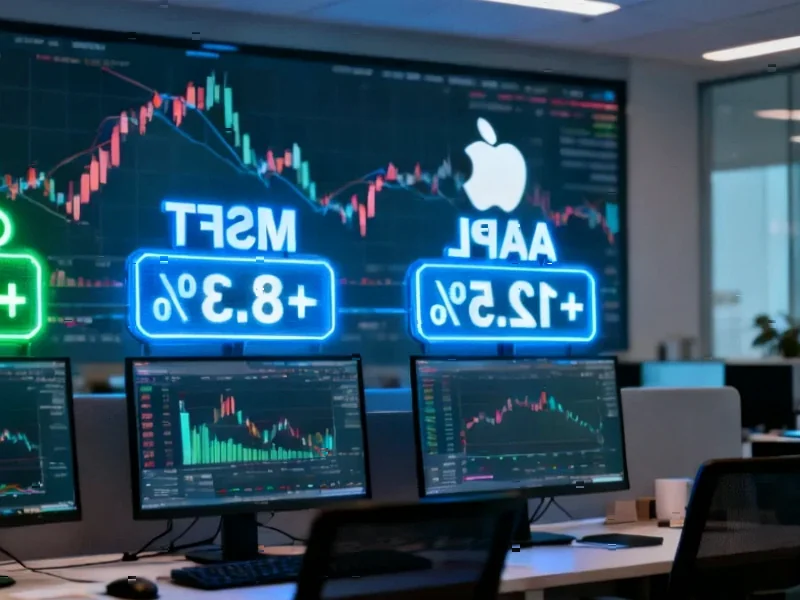According to Digital Trends, Samsung’s upcoming Galaxy S26 series could see price increases due to significant component cost surges. The company’s semi-annual report from August revealed a 12% jump in SoC prices and an 8% rise in camera component costs compared to last year. High-bandwidth memory used in AI servers has become particularly expensive, with prices surging over 16% since the first quarter of 2025. This marks the first potential price hike for Samsung flagships in two years, following the Galaxy S25 series launching at the same price as its predecessor. If Samsung passes these costs to consumers, it could set a new pricing benchmark for Android flagships in 2025. The Galaxy S26 series is expected to launch on February 25 in San Francisco.
Why component costs are spiraling
Here’s the thing about these price increases – they’re not happening in a vacuum. The 16% surge in high-bandwidth memory prices is directly tied to the AI boom. Every company from Nvidia to Google is scrambling for HBM to power their AI servers, and that demand is creating a classic supply shortage situation. Basically, there’s only so much manufacturing capacity to go around, and AI companies are willing to pay premium prices.
Meanwhile, the 12% SoC price increase reflects the ongoing complexity of manufacturing advanced chips. As we push toward smaller nanometer processes, yields become more challenging and production costs naturally rise. Samsung’s stuck between absorbing these costs or passing them along to consumers – and neither option looks particularly appealing.
What this means for your wallet
If Samsung does raise prices, we’re probably looking at a domino effect across the Android market. Other manufacturers often take their pricing cues from Samsung’s flagship releases. So even if you’re not planning to buy a Galaxy S26, your next Pixel or OnePlus device might cost more too.
The real question is whether consumers will stomach higher prices without substantial upgrades. We’ve seen Apple successfully push into premium pricing territory, but Android buyers have traditionally been more price-sensitive. If Samsung hikes prices while delivering incremental improvements, they might see pushback from customers who decide to hold onto their current phones longer.
What to watch for
Right now, this is all speculation based on component cost trends rather than official announcements. Samsung has several months to decide whether to absorb the costs or pass them along. They might also consider cutting costs elsewhere in the device to maintain current pricing – perhaps using less expensive materials or scaling back on some features.
The months leading up to the February 25 launch will be crucial. If component prices stabilize or Samsung finds ways to offset the increases, we might still see stable pricing. But given the current trends, it’s probably wise to budget a little extra if you’re planning to upgrade to the S26 series. After two years of holding the line on prices, the dam might finally be breaking.




